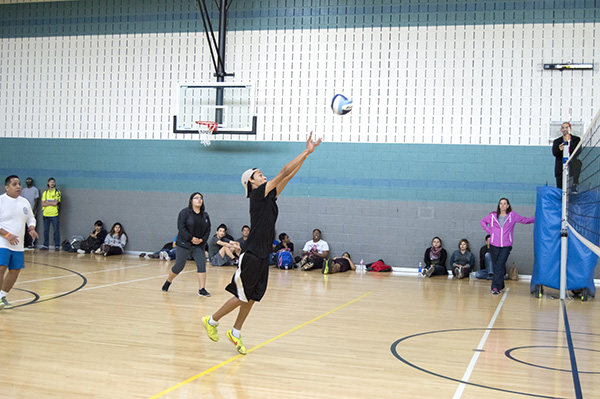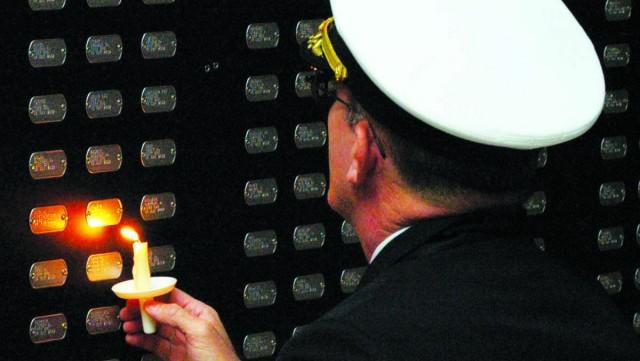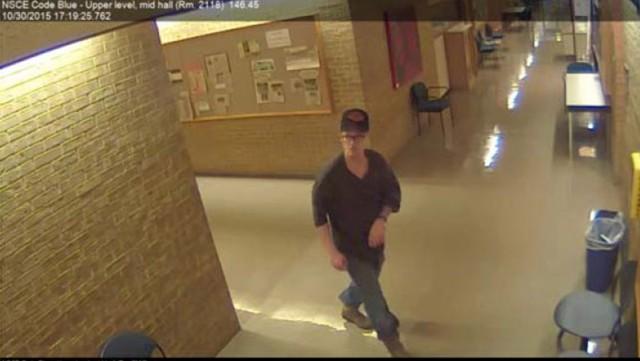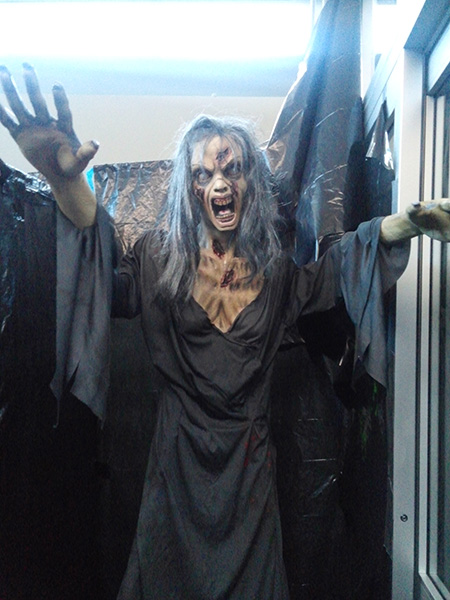By Dianna Flores/ reporter
No one can catch a liar, a NE Campus speech instructor said, adding that one’s chances of detecting a liar are as good as flipping a coin.
However, with training in and studying some of the indicators presented during Lying: Using Nonverbal as Lie Detectors Oct. 27, students can increase their chances by 15 percent, Amber Meyers said.
“This can help you in everyday interactions such as dating, interviewing or just when hanging out with friends,” she said.
Meyers explained a lie-detecting machine, which measures heart rate, amount of sweat and rate of breathing and pupil dilation among other things. Although machines may scare people into telling the truth, they are not always dependable or admissible in court, she said.
“The most a lie-detecting machine can do is show the cops that you can maintain your composure or that you are a sociopath because sociopaths actually believe they are innocent,” she said.
Lawyers and police then turn to science to help them better read people, Meyers added.
Meyers said psychologist Paul Ekman studied human expressions and emotions in the 1970s. He found that everyone has seven basic expressions: fear, contempt, disgust, anger, surprise, happiness and sadness. The Paul Ekman Group has a website that helps people learn about microexpressions.
Microexpressions are small expressions that a person naturally makes without even knowing, according to the website. Meyers demonstrated each expression. She used the Paul Ekman Group website test as well as pictures of famous public figures who have been caught lying, such as Bill Clinton, George W. Bush, Tiger Woods and O.J. Simpson.
The small expressions are indicators that can help students read people’s faces, Meyers said. For example, anger causes eyebrows to get closer together while contempt only uses half of one’s face to make a small expression.
Behavioral Detection Officers, a group trained in Ekman’s strategies, caught 514 people in airport customs lines between July 2007 and February 2008. The “hit rate” increased from 4.2 percent to 22.5 percent. This is one of many government agencies that has trained and studied his work, she added.
One must take four steps to catch a liar, Meyers said. Students must first have a baseline, which means they must first know what is normal in the person they are trying to catch lying. They then need hotspots, what leaks out of a person, such as minor expressions or shaking movements.
“When a person is constantly shaking, then they stop after you ask them a question, that should tell you something isn’t right,” Meyers said.
Overload of leaks is something that can be easily detectable, which includes sweating or heavy breathing, she said. Finally, students must do some investigating to catch something that would indicate a person is lying.
“This was a very good demonstration,” NE student Joshua Reynolds said. “She makes it so that people can relate to it. I take her class, and the chapters she requires in the course are so good I start reading the whole book.”
Styles Merritt, another NE student, also enjoyed the presentation.
“It was very fun and informative. It’s not like other presentations that are boring and don’t keep the audience entertained,” Merritt said.































